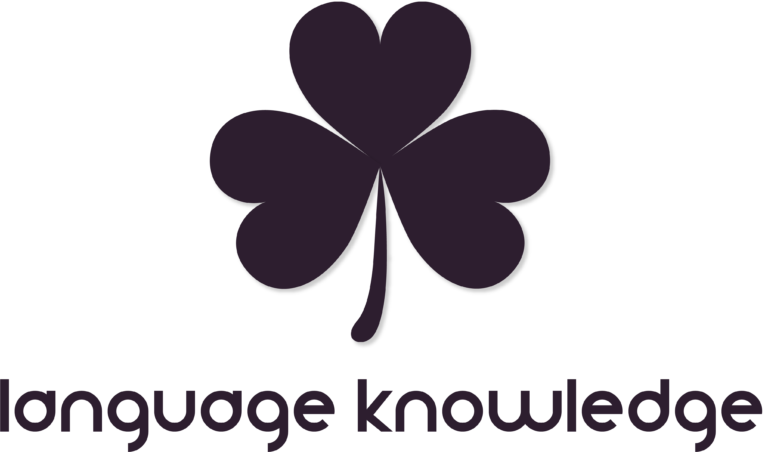Written by: Editor | Updated on: June 1, 2020 | Published on: July 6, 2017
Past Perfect Simple Tense
Past Perfect Simple Tense
Language Knowledge / English / Grammar / Past Perfect Simple Tense
Anzeige
Past Perfect Simple Tense: Usage
Finally, the past perfect is used to describe an action that has been started in the past and is completed at a certain point in the past. However, this action can still continue.(for example, world champions have become)
? Past Perfect Simple formation
The regular formation of the past perfect in English
Infinitive + “-ed“
Also the formation of the past perfect simple in German or the formation of the English past perfect is simple. Because from a normal sentence, you only have to attach an “-ed” to the end of the verb. Furthermore, a “had” is written before the verb. Now that you know what the past perfect formation looks like. You can’t tell me that the past perfect formation is hard
„did not“ + Infinitive
Likewise, the negation is very simple, since you only have to attach a “not” to your “had“. However, you must always follow the word order. That is, subject, predicate, object!!! Likewise, the negated past perfect simple formation is not particularly difficult.
Irregular:
However, there are many verbs needed for the formation of the normal sentence, which are irregular. While you are learning your vocabulary, you should also learn these “past Participles” (third Verb form). In addition, you will usually find a list of important irregular verbs at the end of your book. If you don’t have: the 100 most important irregular verbs!
Anzeige
‼️ What is to be considered in the case of the Past Perfect in English
Irregular verbs (“was” or “were”):
Besides the normal irregular verbs, there is also the special case of “to be”. In this case, there are two forms, one being “was” and the other “were”. In fact, this is very easy to distinguish, since “was” is used in the singular, except for “you” and “were” in the plural. In addition, “were” is still being used in the singular in “you”.
Spelling:
1. Verb is at the end of consonant + “-y”:
Here, the “-y” becomes an “-i”:
- tidy becomes tidied
2. If the verb ends with “-e”
Thus, the formation of the simple past form, eliminates the “-e”:
- love becomes loved
- like becomes liked
3. If the verb ends with “-er”, “-ur” or “-ir”:
Thus, the “-r” doubles in the formation of the simple past form:
- prefer becomes preferred
4. If the verb ends with a consonant where there is a simple, short, stressed vowel:
Thus, this consonant doubles.
- stop becomes stopped
(Vowel = a, e, i , o, u)
Don’t be confused:
Basically, both “had not” and “hadn’t” express the same thing, but when writing you should consider what intension is behind the text.
Anzeige
2️⃣ Past Perfect Simple Tense examples
Normal sentence in the simple past tense
I learned.
A negative sentence in the simple past tense
I did not learn. / I didn’t learn.
A question sentence in the simple past tense
Did I learn?
? Signalwords
In contrast to many other tenses of English, there are no signal words
You read: Past Perfect Simple Tense | Past Perfect Simple












